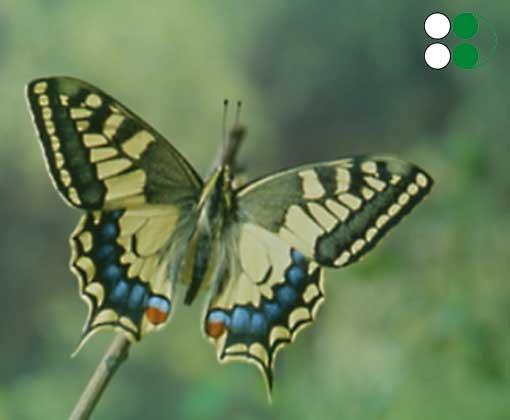PRODUCTIONS: THE ECOLOGICAL NICHE
(Serie: Animal Files)
DIRECTOR
PRODUCER
DURATION
VERSIONS
FORMAT
Carlo & Lodovico Prola
Ditta Prola
26'

SD

Humid environments such as marshes, swamps and ponds are excellent open-air laboratories to study the relationship between different species and the natural environment.
The concentration of birds in these areas reaches levels that are unparalleled in any other habitat. The secret to the peaceful coexistence of the different species is specialisation.
Every animal belongs to a particular ecological niche which is complementary to its physical and biological characteristics and which allows it to flourish without entering in competition with other species.
Let 's hypothetically assume that two bird species with similar characteristics and the same eating habits occupy the same ecological niche. It is inevitable that they will compete with one another and that the weaker, less resistant of the two will eventually be eliminated. If, however, one of the two evolves into a long-legged bird and develops a new hunting strategy it will move to a different ecological niche and avoid all competition. This kind of evolution is, in fact, one of the explanations for the extreme variety and specialisation of swamp-dwelling birds. The different morphological characteristics of the single species are not the product of Mother Nature's whims but a response to the difficult art of cohabitation


